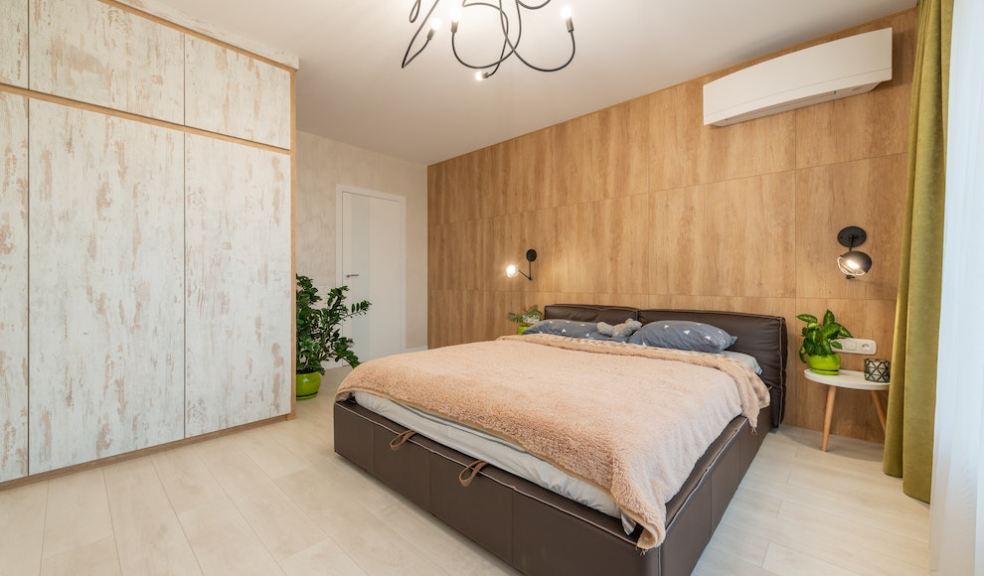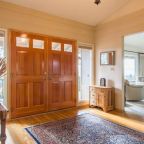
Colour Psychology in Home Design: Harnessing Emotions Through Innovative Palettes
We frequently place emphasis on both aesthetics and practicality when creating our homes. The strength of colour and its effect on our emotions, on the other hand, is a factor that is frequently disregarded. Since various hues can elicit different emotions and moods, colour psychology is essential to house design. We may create a setting that encourages rest, work, or even creativity by carefully choosing and incorporating colours into our living areas. We will delve into the intriguing field of colour psychology in this post and see how it may be applied to develop unique colour schemes that improve the ambience of our houses.
The influence of colour
Colour has an amazing capacity to affect our emotions and actions. Warm hues like red, orange, and yellow have a reputation for inspiring sensations of vigour, passion, and enthusiasm. These colours are ideal for areas where you want to promote engagement and activity among people. Contrarily, cold hues like blue, green, and purple have a relaxing influence and are perfect for spaces where tranquillity and relaxation are needed.
Creating a cohesive colour scheme
Building a house requires a cohesive colour palette. This does not mean all rooms should be painted the same colour, but that the colours should function well together and produce harmony. Choosing a dominant hue and using it throughout the entire house in shades, tints, and complementary colours is a practical approach to accomplish this. For instance, fitted wardrobes are getting more and more popular because of their streamlined, personalised design. A fitted wardrobe offers the chance to incorporate colour psychology into your home design in addition to offering practical storage solutions. You may make your fitted wardrobe a focal point in your bedroom or easily include it in the overall colour pattern of the space by choosing the proper colour for it.
Using colour to enhance functionality
Additionally, you can employ colour to improve the operation of particular rooms in your house. For instance, adopting green tones in your home office or study space might improve focus and productivity. Green is a great choice for areas where mental focus is crucial because it is linked with nature and has a rejuvenating influence on the mind. Yellow is a great hue for art studios or other creative workspaces since it may also inspire creativity and innovation.
It's crucial to take into account the feelings and moods you want to elicit in each location when choosing colours for your home design. Bedrooms, for instance, are frequently painted in soft, cold hues like pastel blues and lavender since they are traditionally linked with rest and relaxation. Contrarily, bold hues like vivacious yellows or oranges may be better suited for social spaces like the living room or dining room, where you want to promote dynamic interactions and conversations.
Conclusion
Utilising the potent instrument of colour psychology, one may build a home that is both totally immersive and emotionally stirring. Understanding how colour affects our emotions allows us to choose creative colour schemes that improve the ambience of our living places. Colour psychology can help you create a room that elicits the desired feelings and sets the mood for a happy and meaningful living, whether it's through the selection of furniture, wall colours, or storage options.











